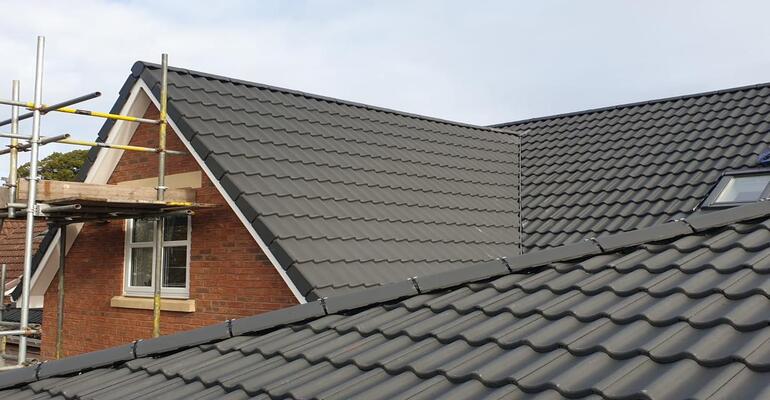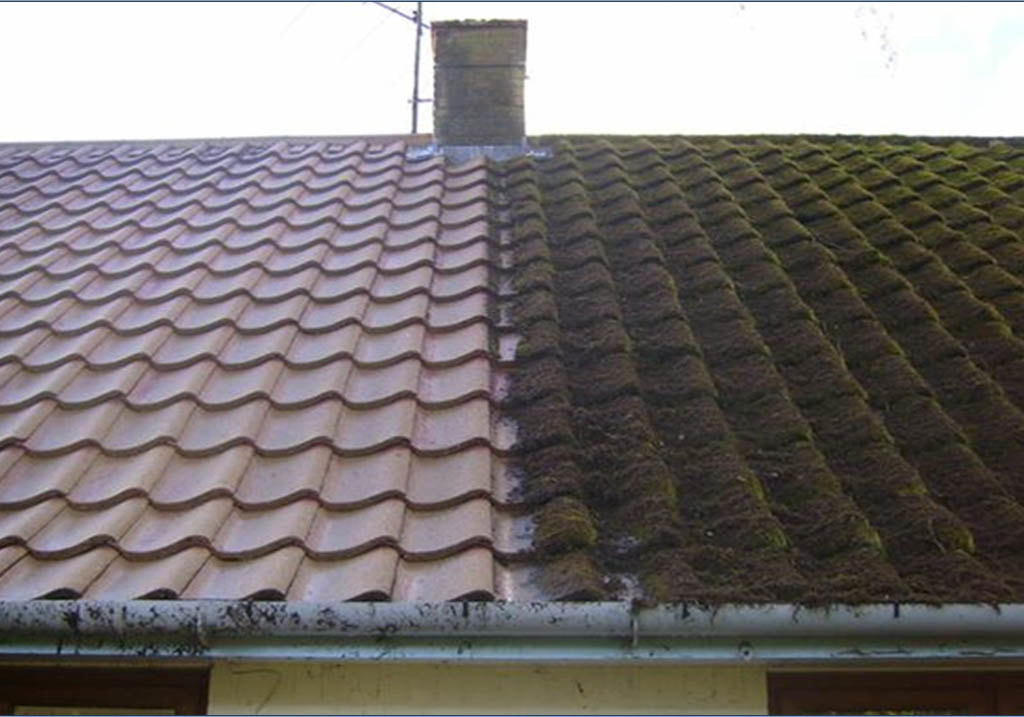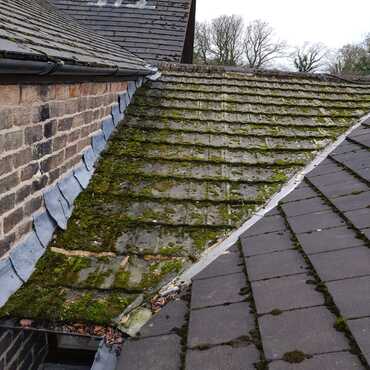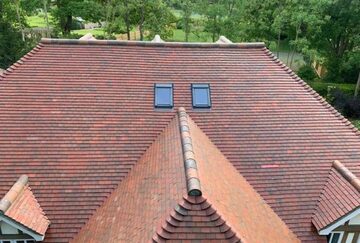Durable roofing solutions are an important consideration for any building owner or homeowner. A well-designed and installed roof is essential to protecting the structure of a building and its occupants from the elements. Additionally, a durable roof can also help reduce energy costs, improve the overall value of a property, and save money in the long run by reducing the need for costly repairs or replacements.
There are many factors to consider when choosing a durable roofing solution. One important factor is the material used for the roof. Some materials, such as metal and slate, are known for their durability and can last for decades with proper maintenance. Other materials, such as asphalt shingles and rubber roofing, can also be durable options, depending on the specific product and installation method.
Poorly installed roofs are more likely to experience problems such as leaks, structural damage, and premature deterioration.
In addition to the materials used, the design and installation of your roof are also important to its durability. A poorly designed or installed roof is more likely to experience problems such as leaks, structural damage, or premature deterioration. Working with an experienced and reputable roofing contractor can help ensure that your roof is designed and installed properly, increasing its durability and performance.
At Roofplan, we are committed to providing durable roofing solutions for our customers. We only use the highest quality materials and employ expert engineers to ensure that every roof we install is done correctly and to the highest standards. We also offer a range of durable materials to choose from, including metal, slate, asphalt shingles, rubber and more.
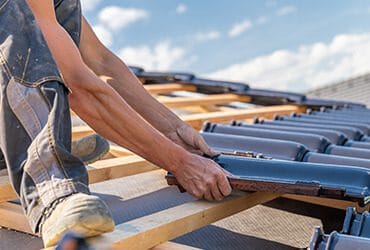

In addition to new roof installations, we also offer repair and maintenance services to help extend the life of your roof. Regular inspections and timely repairs can help identify and address any issues before they become more serious, helping to maximize the performance and longevity of your roof.
Overall, durable roofing solutions are essential to protecting your home or business, ensuring comfort, safety, and energy efficiency. At Roofplan, we are committed to providing our customers with the best possible roofing solutions and helping them get the most value out of their investment. So, if you are in need of a new roof or looking to repair or maintain your existing roof, we encourage you to contact us for more information and to schedule a consultation with one of our expert engineers.

